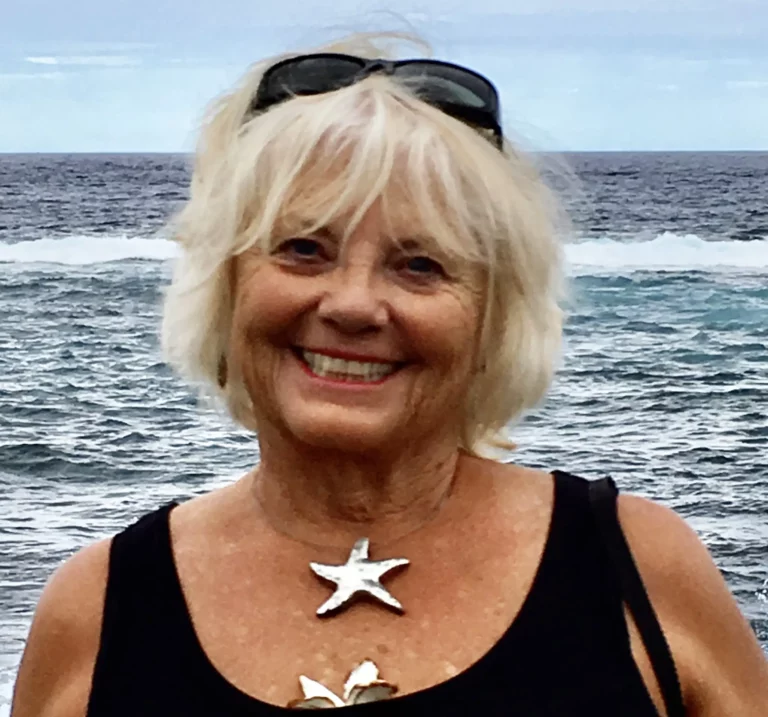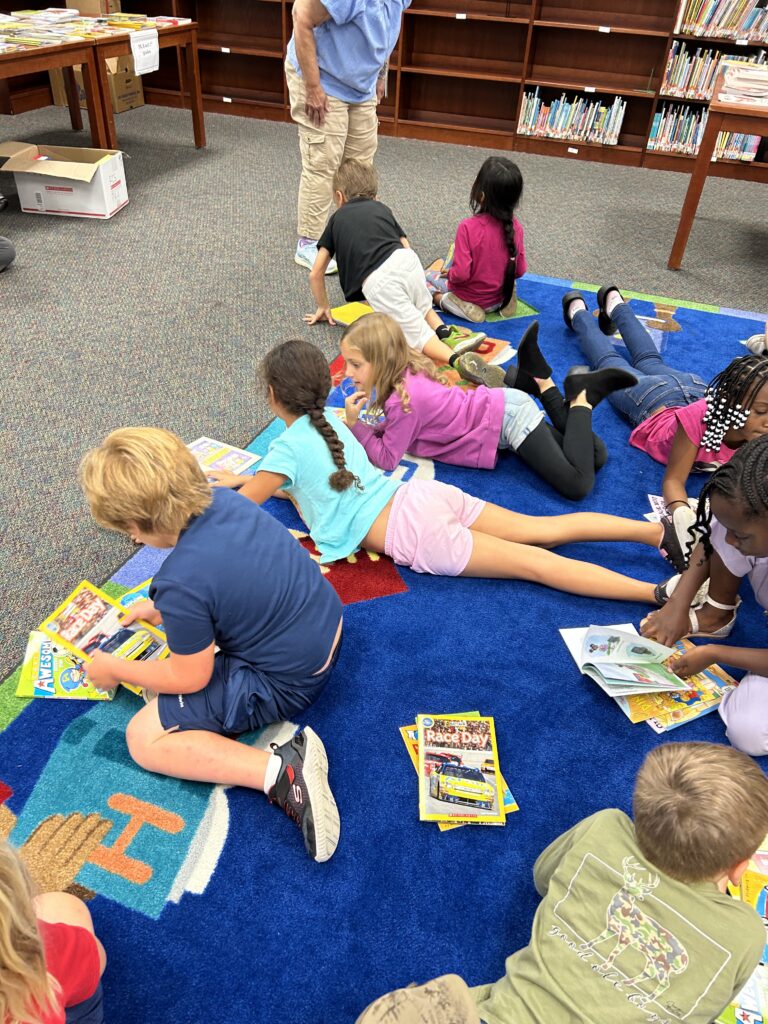Legacy Post Disclaimer
This is a #Legacy post imported from The Apalachicola Time’s previous platform. If you’re experiencing issues with this article, please email us at news@nevespublishing.com.
FWC to tighten beach-nesting bird rules
The creation of guidelines regarding imperiled beach-nesting birds, approved on first reading by the Florida Fish and Wildlife Conservation Commission last week, will likely have a significant impact on development of coastal lands in Franklin and Gulf counties in the years to come.
The FWC on Dec. 15 approved continued development of Species Conservation Measures and Permitting Guidelines for four state-listed beach-nesting bird species, including the American oystercatcher, snowy plover, least tern and black skimmer.
The guidelines are intended to minimize impact on critically important breeding, brood-rearing and roosting sites, and if impacts cannot be avoided, to mitigate them either through on-site conservation, such as establishing a temporary, seasonal refuge in which the birds can safely nest and raise young, or through off-site measures, such as creating habitat or protecting nests.
Mitigation also can take the form of a financial contribution to the Fish and Wildlife Foundation of Florida’s Imperiled Species Management Fund.
“This is a big deal,” said Mike Sole, a member of the FWC board and a former director of the Florida Department of Environmental Protection. “I don’t think folks understand the magnitude of this action in taking a step forward in regulating activities that can affect nesting shorebirds.
“This is hugely needed,” he said.
In her presentation to the FWC board, Melissa Tucker, deputy director of the FWC’s Division of Habitat and Species Conservation, pointed to numbers statewide that showed how dire the situation had become for these state listed birds.
Only 234 nesting pairs of American oystercatchers are estimated to exist in Florida, with a mere 249 pairs of snowy plovers, many of which are on St. George Island and St. Vincent Island. The situation for black skimmers is better, with 3,006 pairs, and the least tern, with 7,206 pairs.
Tucker said increased disturbance from development, and increased predation have contributed to “Ongoing and historical habitat loss. It has become very difficult to have successful breeding of these birds.”
The guidelines grew out a longstanding shorebird conservation partnership between the FWC, Audubon, and other stakeholders that in 2009 was formalized as the Florida Shorebird Alliance, a statewide network of 12 local partnerships that coordinate on-the-ground protection of shorebirds and seabirds.
The alliance stresses five strategies instrumental in conserving shorebird populations, which include reducing disturbance by posting important areas with rope and signs; integrating strategies for nest protection where predators are a primary cause of nest failure; managing, restoring, and enhancing habitat, through the use of research and monitoring data; and improving regulatory coordination by including conditions to protect shorebirds in Joint Coastal Permits issued by the Florida Department of Environmental Protection.
Tucker said the proposed guidelines, which are expected to be formally adopted by the FWC early next year, focus on active breeding sites, critical brood-rearing sites for snowy plovers using Roving Chick data in the Florida Shorebird Database, and critical roosting sites for American oystercatchers, mainly in the Cedar Key area.
To help stakeholders locate these areas, FWC staff is creating an online tool, which is still in development.
The proposed guidelines include avoidance measures, which eliminate the need for a permit, and minimization measures, which reduce impacts as part of a permit. The guidelines are a push for avoiding acts that can kill or injure imperiled beach-nesting birds, maintaining a 300-foot buffer from Active Nests and Critical Brood-rearing Sites during the breeding season, and Critical Roosting Sites year-round to; maintaining a distance of at least three-quarters of a mile between special events with loud noises , such as fireworks displays, concerts, sporting events, air shows, and boat races, and these sites; and avoiding the loss or modification of areas of more than 500 square feet of imperiled beach nesting bird habitat.
Based on a DEP Joint Coastal Permit, a common minimization measure required for many projects is a bird monitor, who surveys prior to project activities on each day of the project and establishes buffers as necessary to minimize impacts, Tucker said.
In the event impacts cannot be avoided, applicants can mitigate through both on-site and off-site measures. Mitigation also can take the form of a financial contribution to the Fish and Wildlife Foundation of Florida’s Imperiled Species Management Fund, through standard financial contributions for many activities, such as those that harass these species or significantly modify their habitat.
Contributions to the Fish and Wildlife Foundation of Florida’s Imperiled Species Permitting Conservation Fund support priority conservation needs specific to imperiled beach-nesting birds.
These standard financial contributions for harassment would be based on the cost of strategies designed to increase population size, weighted according to abundance of each species. The proposed contributions, per pair per breeding season, are for the American oystercatcher $1,900, the black skimmer $270, the least tern $200 and the snowy plover $2,250,
The financial contribution for significant habitat modification is measured per square foot and varies according to the priority of the site, which is indicated by tiers, that are based on how many breeding pairs used the site over the preceding five years for which data are available.
Breeding sites that, on average, have the most breeding pairs were assigned to Tier 1. The financial contribution also varies by the type of impact, with direct impacts including habitat that has been removed by a project, and indirect impacts occur when habitat is rendered unusable or less suitable for the birds.
For example, imperiled beach-nesting birds need open habitat for nesting, and either will not nest next to a building or will be less successful reproducing. The impact of constructing a building includes the direct impact of the building footprint and the indirect impact of otherwise suitable habitat around the building that became less suitable for nesting.
Tucker said costs were based on the average cost per square foot of known and planned habitat restoration or creation projects for state-threatened imperiled beach-nesting birds and similar species. FWC staff derived the average cost per square foot of projects that enhanced spoil islands, created or restored habitat on sandy beaches, or created intertidal pools or ponds for foraging.
Direct impacts in Tier 1 would be $8 per square foot, and $6.50 in Tier 2 and $1.75 in Tier 3. Indirect impacts in Tier 1 would be $2 per square foot, in Tier 2 $1.50 and in Tier 3 50 cents per square foot.
Julie Wrathmell, executive director of Audubon Florida applauded the proposed guidelines, stressing how much has changed in the last 40 years in terms of development and the number of visitors on Florida beaches.
“The innovation that needs to keep place with that is daunting,” she said. “This represents the agency’s commitment to 21st century resource management and protection. These are common sense guidelines that steer the worst coastal impacts away from vulnerable coastal areas for the species when they’re unavoidable.”
She said the volume of applications will be substantial and asked that funding be requested to cover this additional regulatory burden, “and to make sure we’re not overburdening applicants with a one-size-fits-all clunky permitting process.
“This is not one of those things that the agency can MacGyver its way out of,” Wrathmell said.
She also said she differed with the categorical exclusion for modifications under 500 square feet.
“The threshold is arbitrary and unsupported,” she said. “There is no clear guidance on why it (lesser areas) will not have an impact on birds. I’m concerned that birds are increasingly in smaller areas of suitable habit including small islands and shell rakes. This needs more investigation to be supportable.”





Meet the Editor
David Adlerstein, The Apalachicola Times’ digital editor, started with the news outlet in January 2002 as a reporter.
Prior to then, David Adlerstein began as a newspaperman with a small Boston weekly, after graduating magna cum laude from Brandeis University in Waltham, Massachusetts. He later edited the weekly Bellville Times, and as business reporter for the daily Marion Star, both not far from his hometown of Columbus, Ohio.
In 1995, he moved to South Florida, and worked as a business reporter and editor of Medical Business newspaper. In Jan. 2002, he began with the Apalachicola Times, first as reporter and later as editor, and in Oct. 2020, also began editing the Port St. Joe Star.